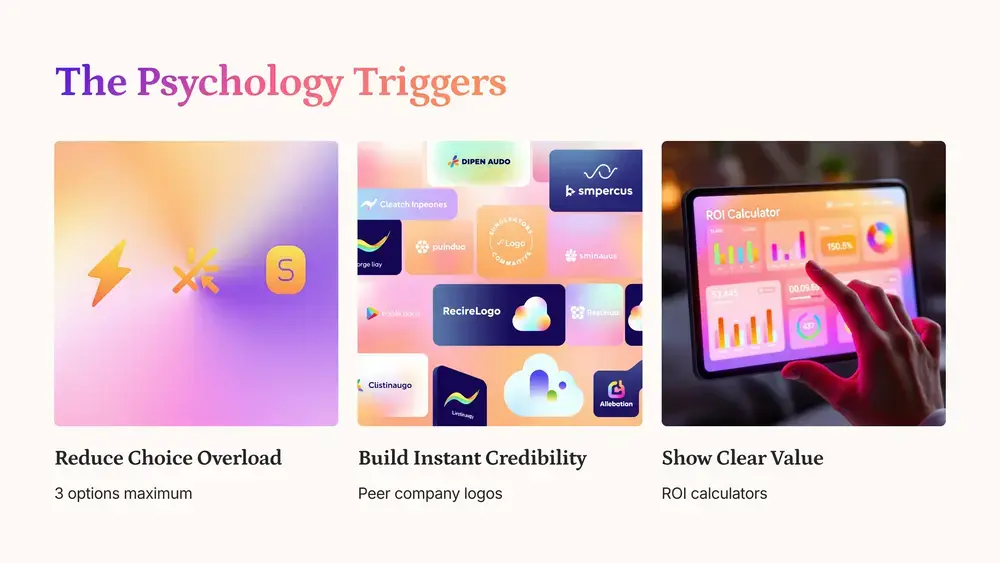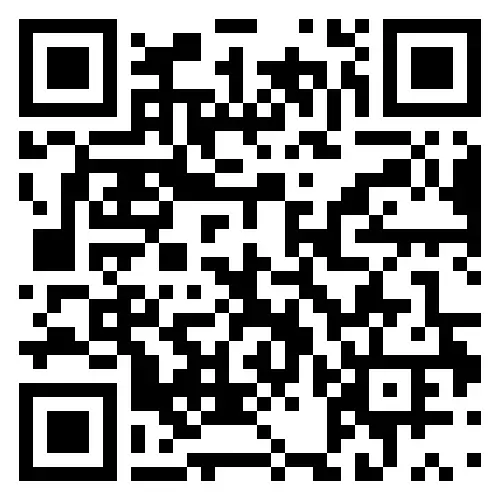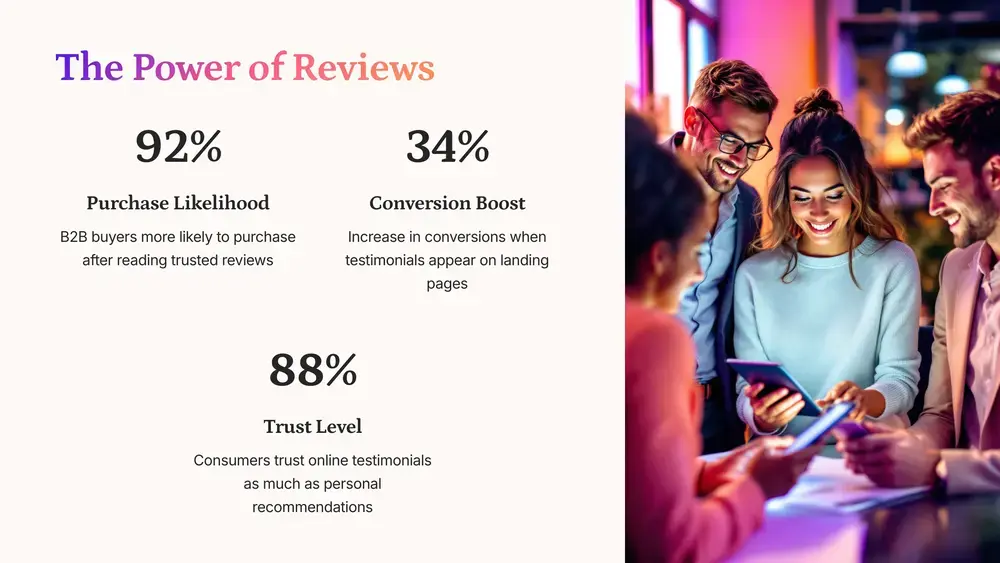SaaS Pricing Audit: Why 2020 Tactics Kill 2025 Conversions

Share this post
Here is what you are going to read about:
1. Prospect behavior has fundamentally changed: They evolved from patient information gatherers to impatient validation seekers who expect instant, personalized relevance or they abandon your page.
2. Strategic personalization drives 53% higher conversions: Companies using AI-driven pricing page optimization achieve 3.8%+ conversion rates compared to the 2.5-3% industry average from static 2020 approaches.
Remember COVID-19? That was already five years ago. Yup, this is how fast time flies and along with that, prospect behaviors has also changed. So have you wondered lately if you adapted your website and specifically your pricing pages, your major conversion point to the increased speed of decision-making and the growing importance of personalization to capture attention quickly? The evolution of pricing pages from 2020 to 2025 reveals critical insights for any SaaS landing page conversion audit. Just a quick brief: while in five years ago prospects were patient information gatherers, nowadays prospects are impatient validation seekers who expect instant, personalized relevance or they bounce. This behavioral evolution drives why modern pricing pages need AI-powered personalization. While core conversion principles remain unchanged, the execution has transformed from static displays to intelligent conversion optimization systems that maximize every stage of the website conversion funnel.
The Unchanging Foundation
Despite technological advances, three fundamental elements still determine pricing page success within your digital marketing funnel. Clarity ensures users instantly understand what they're buying without cognitive overload. Trust builds confidence through credible social proof and security signals. Value communication demonstrates clear ROI that justifies the investment. These psychological drivers persist across all design trends because they address basic human decision-making patterns in the consideration funnel.
The Great Simplification Revolution
The most dramatic shift involves moving from information-heavy layouts to minimalist, user-focused designs that better serve B2B lead generation funnel objectives. Where 2020 pricing pages featured dense tables with 4-6 plan options and extensive feature lists, successful 2025 pages embrace white space, limit choices to 3 plans, and prioritize visual hierarchy over text dumps. This simplification directly addresses choice overload research, reducing cognitive friction that kills conversions in the critical mid funnel stage.
The mobile-first mandate has fundamentally reshaped desktop experiences too. Modern pricing pages design for thumb navigation first, then scale up, creating cleaner, more intuitive interfaces that support full funnel attribution tracking across all devices.
From Static to Strategic: The CRO Evolution
The transformation from tactical experimentation to strategic conversion optimization represents the biggest game-changer. In 2020, teams ran basic A/B tests comparing two static versions, often waiting months for statistical significance while serving identical experiences to startup founders and enterprise buyers alike.
Today's approach leverages AI-powered platforms running continuous multivariate tests with real-time personalization as part of comprehensive demand generation marketing strategies. Conversion rates have improved from industry averages of 2.5-3% to 3.8%+ for optimized SaaS pages, but the real victory lies in sophisticated targeting capabilities that enhance B2B sales funnel stages. (The 3.8% is an estimate, but the catch is personalized landing pages drive higher conversions.)
Personalization in Action
Modern pricing pages adapt instantly to visitor profiles, creating personalized digital sales funnel experiences. A startup CEO sees basic plan highlights and cost-saving testimonials, while enterprise visitors encounter advanced security features and compliance badges. This happens through AI-driven tools like Optimizely, Dynamic Yield, and Hubspot's Breeze Intelligence that analyze company data, behavioral patterns, and industry signals in real-time.
Interactive elements now guide decision-making: Smart toggles, ROI calculators, and contextual tooltips provide relevant information exactly when needed, supporting inbound lead generation efforts. Trust signals have evolved beyond basic testimonials to include dynamic social proof from similar companies, live usage statistics, and industry-specific case studies that accelerate movement through the purchase funnel.
The Strategic Shift
The fundamental difference between 2020 and 2025 approaches lies in funnel strategy. Five years ago, pricing pages were product catalogs asking visitors to figure out their fit. Today's pages function as personalized sales consultants, using data and AI to recommend solutions while building trust through relevant social proof, creating seamless lead generation funnels.
This transformation requires sophisticated tool stacks - from data collection platforms like Segment to personalization engines - but the investment pays dividends in shortened sales cycles and higher-quality leads throughout your B2B content marketing strategy.
So, ask yourself: when was the last time when you conducted a landing page audit? Or let me put it in another way: have you updated your technology stack to adapt your website to the latest trends? If no, maybe it’s time for a review. Just sayin’…



